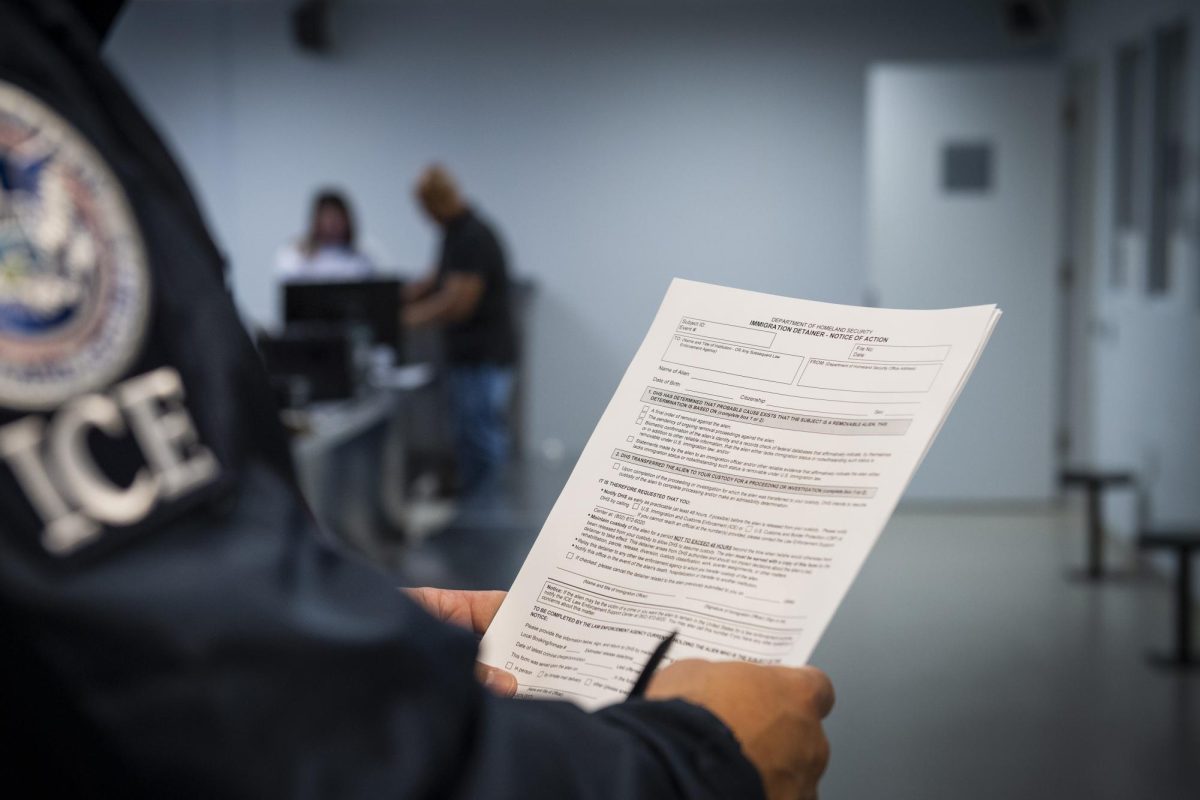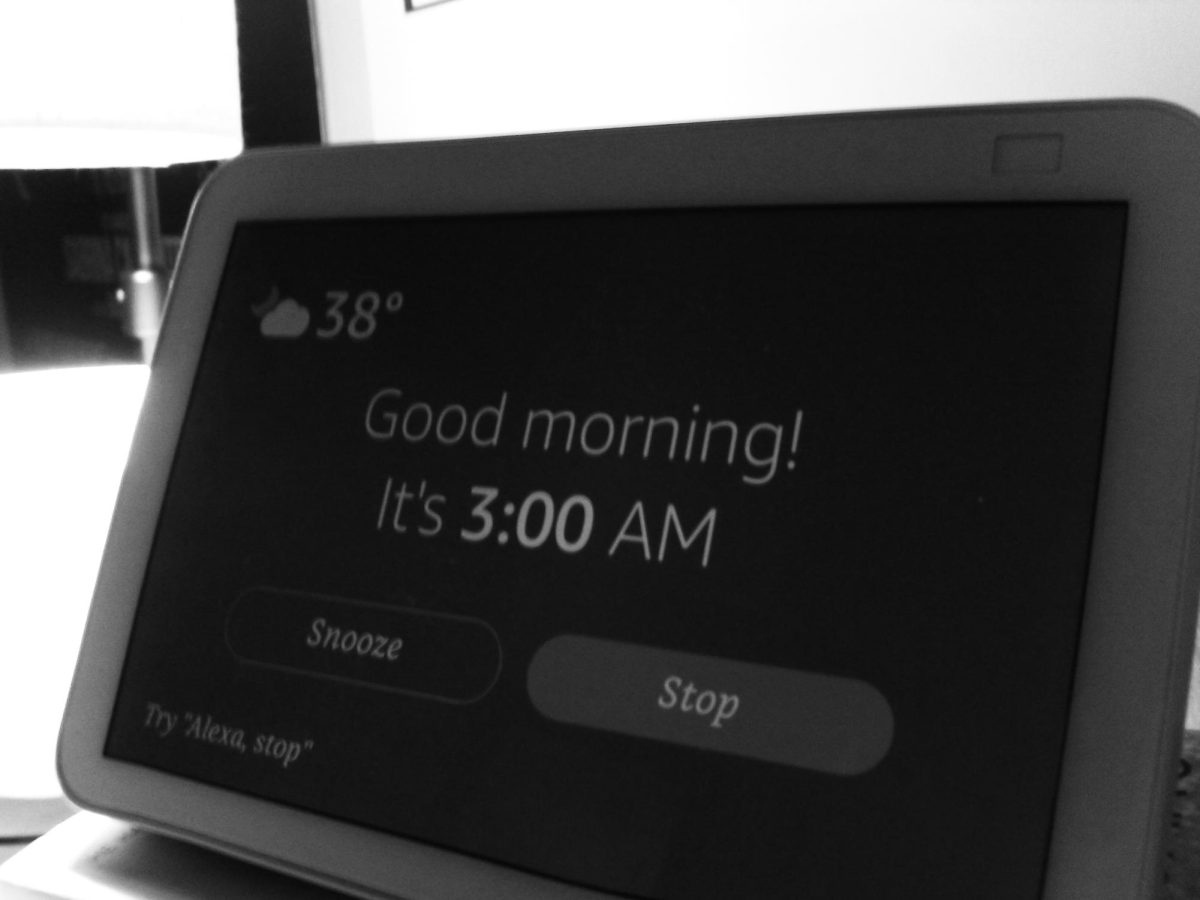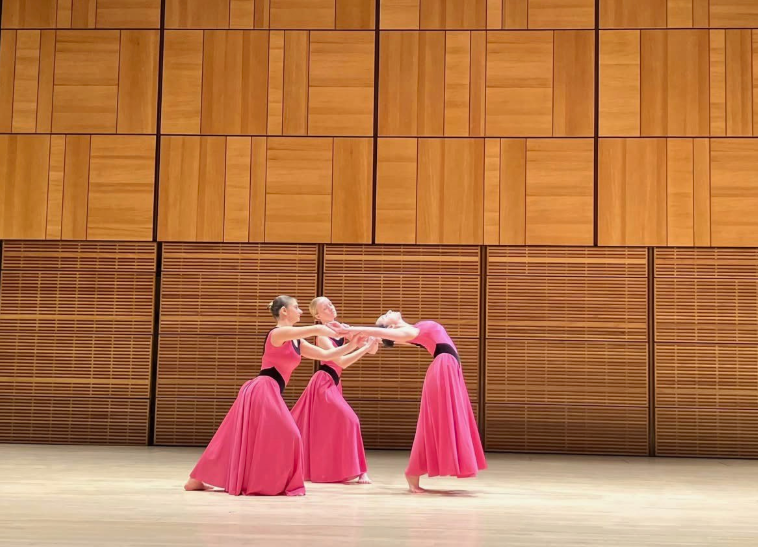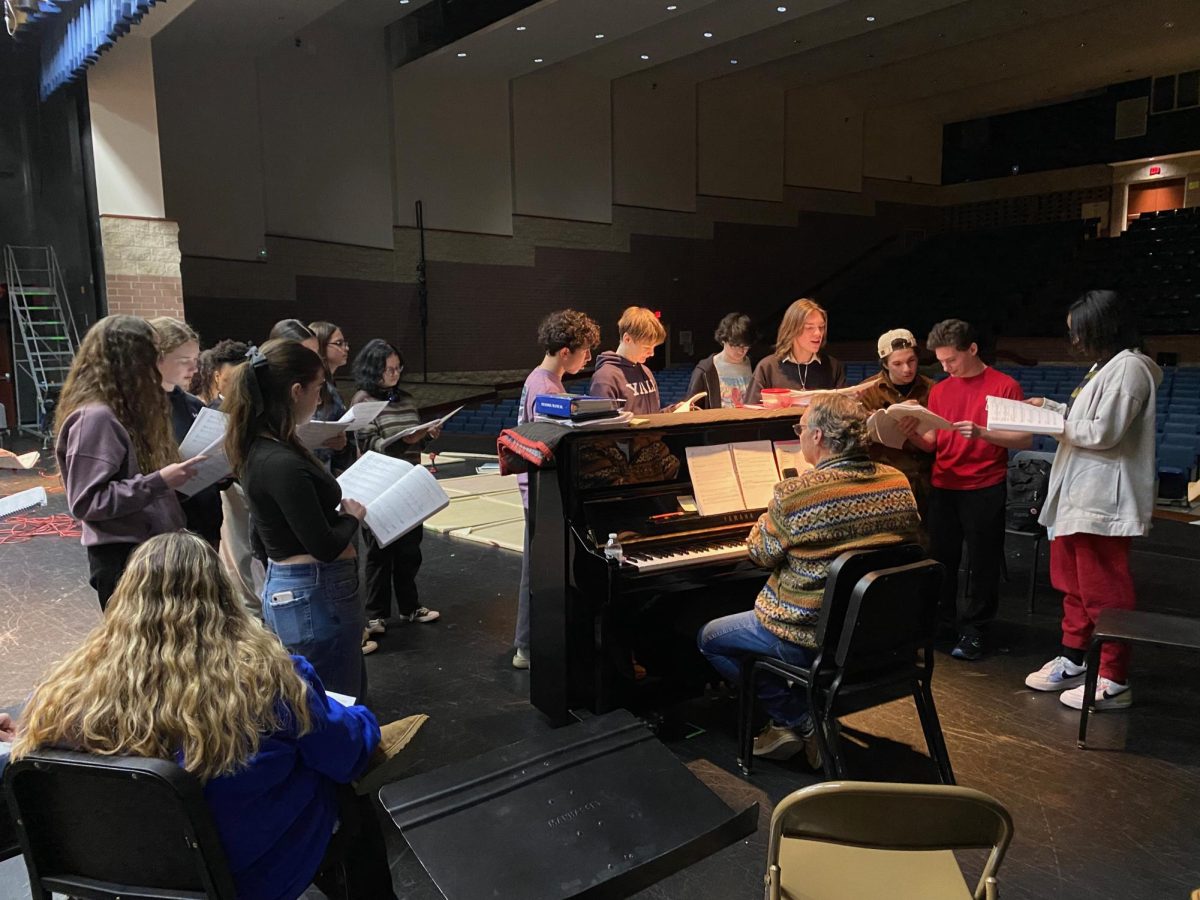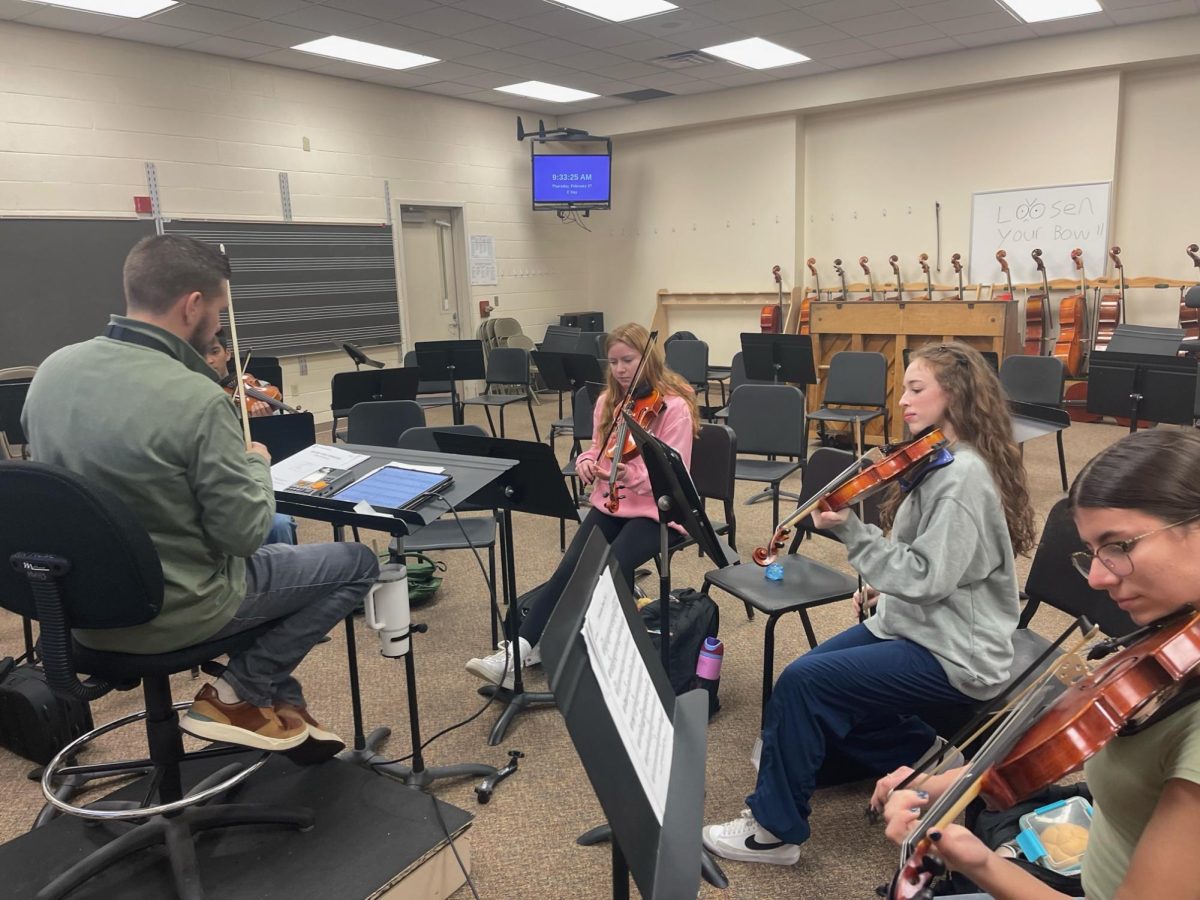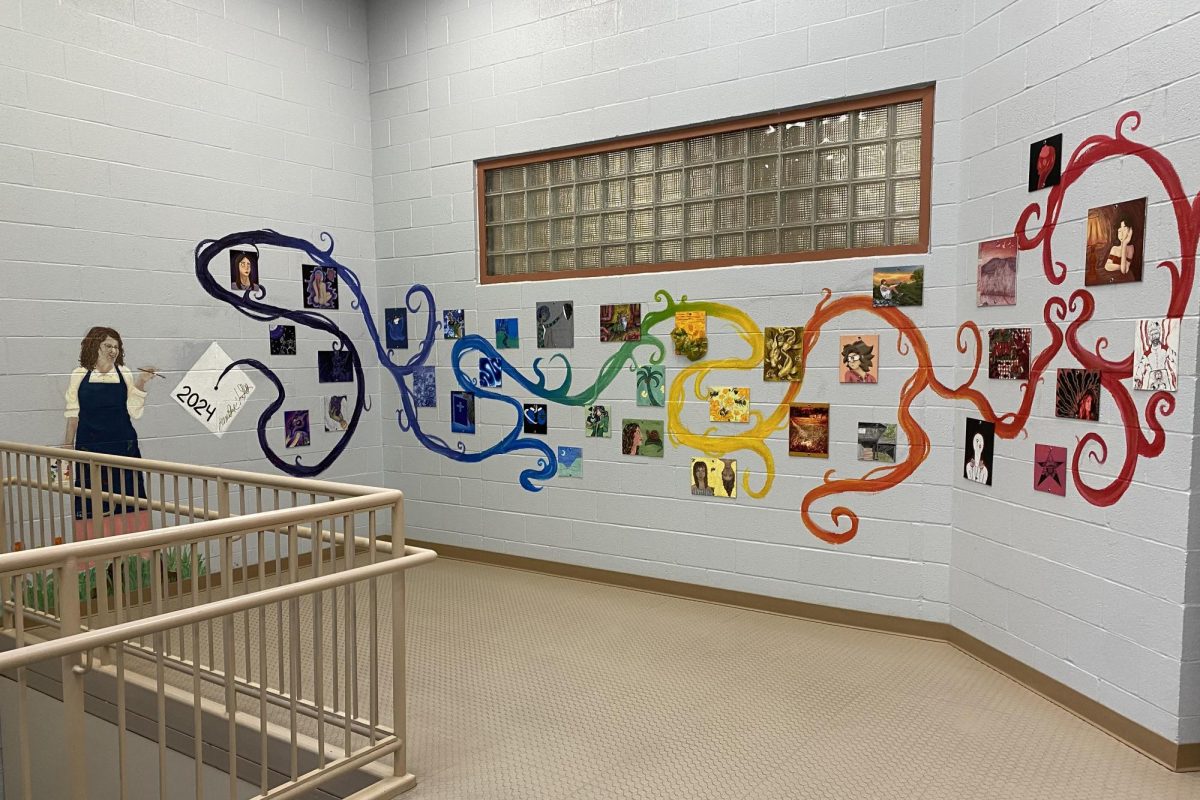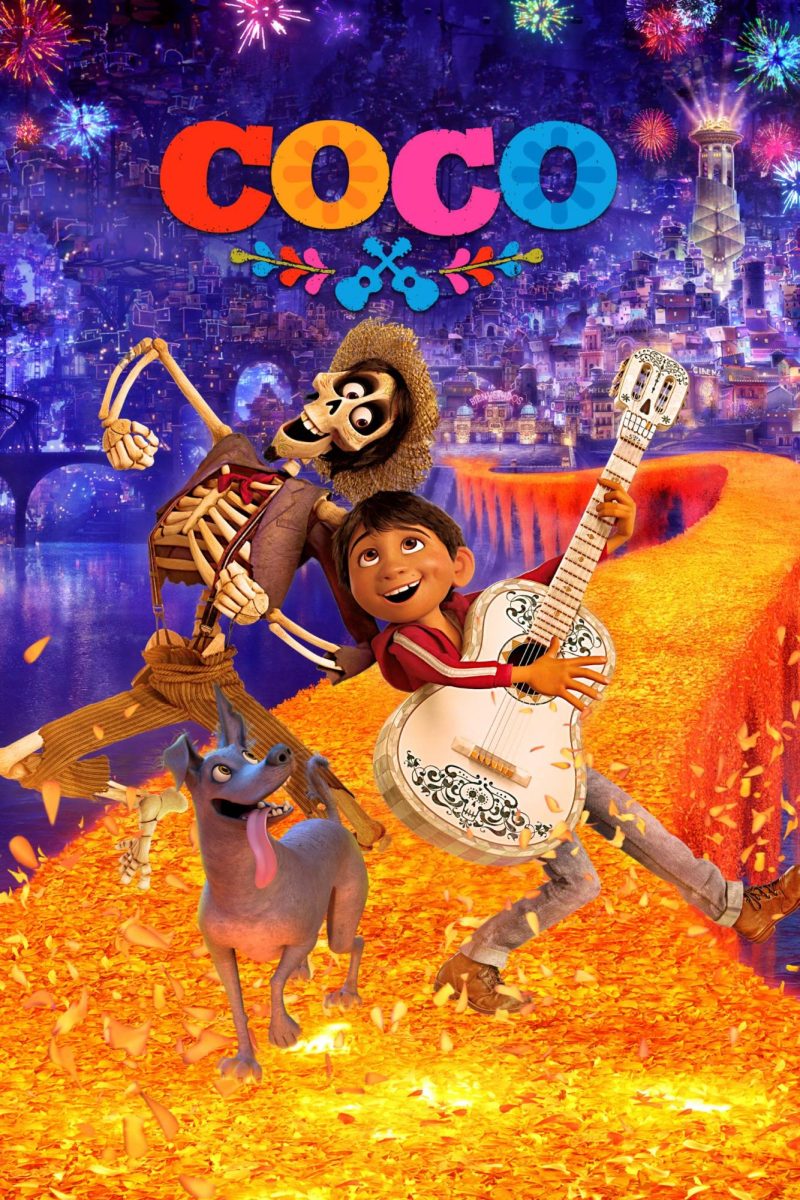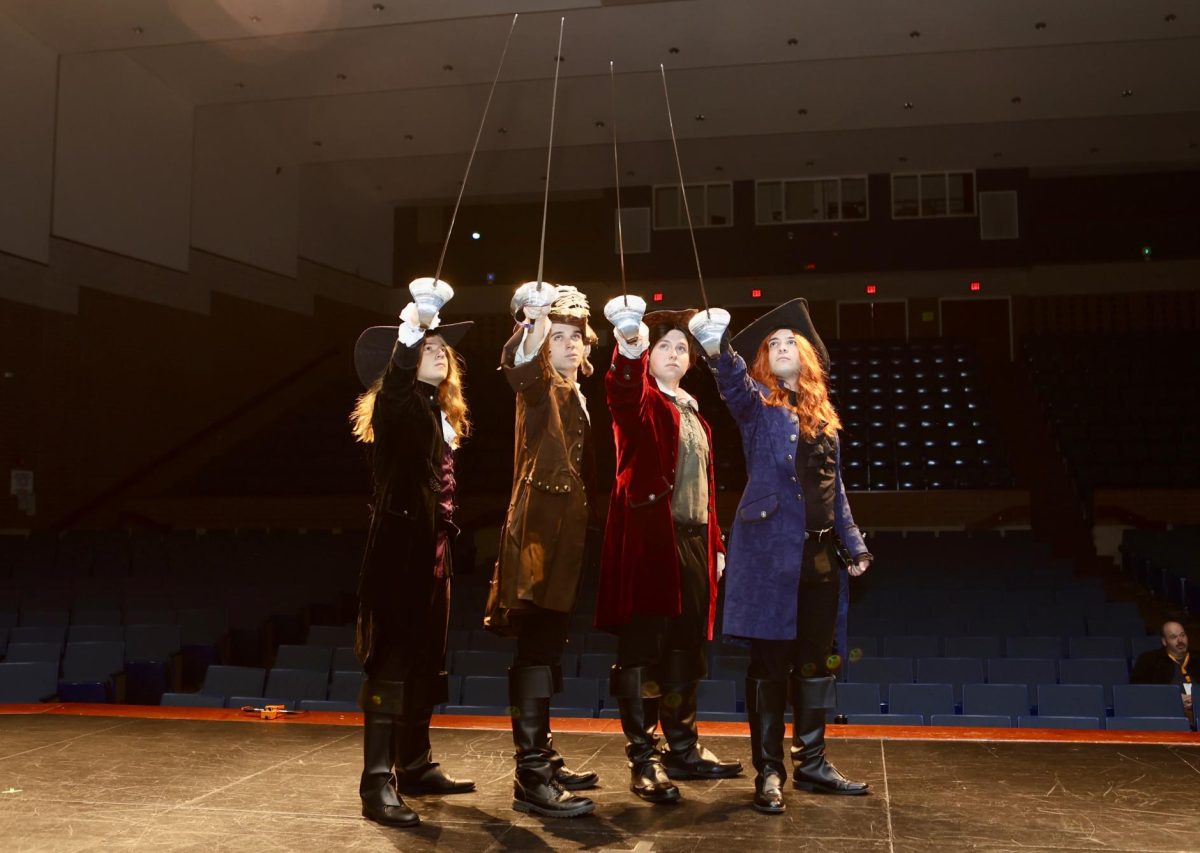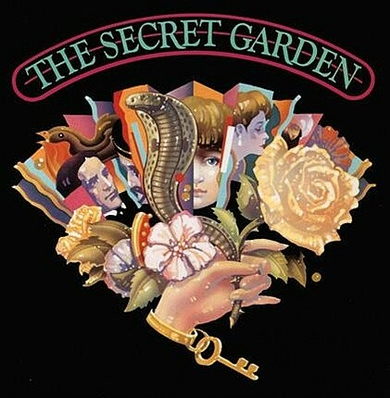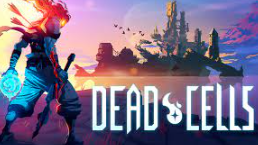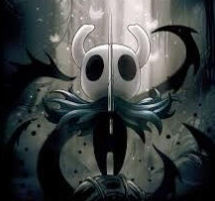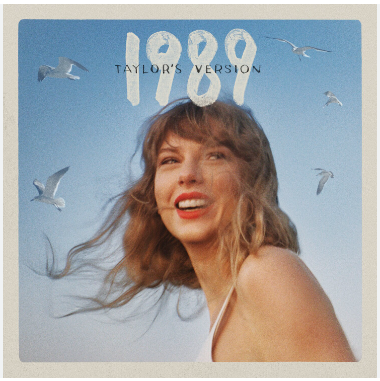
On October 27th, 2023, Taylor Swift re-released her first pop album, 1989. For those not up to date on Swift’s career, she has been continuing the process of re-recording and re-releasing her first six albums after her rights to ownership were sold to the private company Shamrock Holdings. By re-releasing her old songs, along with never before seen “Vault Tracks,” she is taking back ownership of her music.
1989 (Taylor’s Version) is the fourth album to be re-released and was highly anticipated by fans online. However, I’ll admit I was a bit skeptical of the album at first. As a life-long “Swiftie,” I am excited for every release, but I was sad to see the recent Speak Now renaissance end so soon. I have always enjoyed the older version of 1989, but it wasn’t one of my favorites. This re-release destroyed that for me and has pushed me to re-evaluate my rankings. But why was this release so fantastic? My answer is the five brand-new vault tracks.
Swift’s original 1989 album was her fun and fresh debut to the pop genre, but this revisit to the era felt more introspective and explained the context of the album. While 2014’s 1989 projects a “larger than life” image, the 2023 Taylor’s Version shows how this image comes from a place of insecurity and unease. The original 16 songs discussed concepts of conflict, complications, public perceptions, and renewal. I would describe it as beautiful and exciting chaos. Songs like “All you had to do was stay,” or “I wish you would,” where she is actively begging someone to come back to her, are upbeat. Even the slower songs like “Clean” and “You are in love” have an optimistic view of the speaker’s circumstances. However, this optimism and c’est la vie attitude of the rest of the album is challenged in the new vault songs.
While she describes how she revels in the chaotic nature of her celebrity lifestyle and rejects public pressure in the original “New Romantics,” the first vault track describes how this rejection is not out of anger or apathy, but out of the hope of love from others. “Wonderland” and “Out of the Woods” were two beloved original 1989 songs that portrayed the frantic dissolution of a relationship, but made a point to express twisted enjoyment out of uncertainty and madness as though it was upsetting but overall not that impactful. Enter, “ Is it over now?” and “Now that we don’t talk” which detail similar circumstances but this time she reflects on the craziness of this former love and shows that it did truly affect her and her relationships with others in a negative way.
It’s also important to note the shift in how some fans view her relationship with pop singer Harry Styles, who is widely accepted as the muse for the original 1989 album. While the original 1989 gave listeners the impression that the couple’s relationship was exciting but superficial, and ended fairly amicably, 1989 (Taylor’s Version) gives insight into possible tumultuousness and toxicity between them.
This album shows Taylor Swift’s duality in trying to be perceived as emotionally untouchable, while feeling crazed by her concealed vulnerabilities and experiences. Overall, the re-released 1989 album completely exceeded my expectations and pushed me to interpret her songs in a new light. I have listened to this album every day since it was released, and hope that even non-Swifties can agree that it has musical merits.

